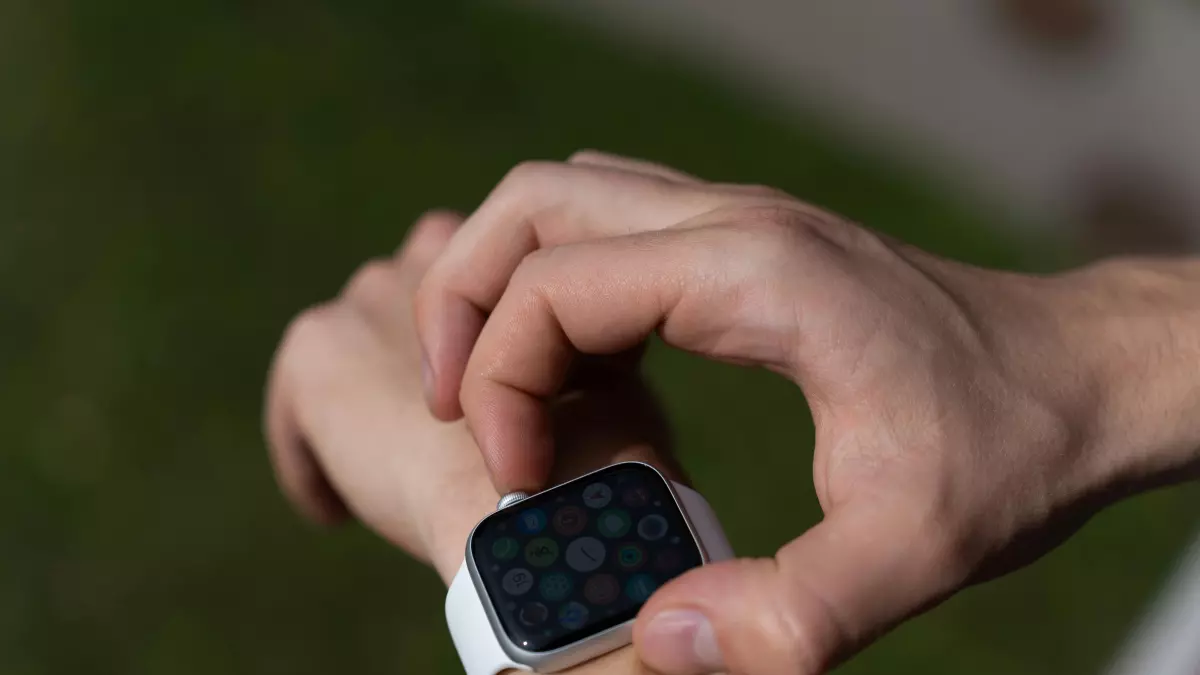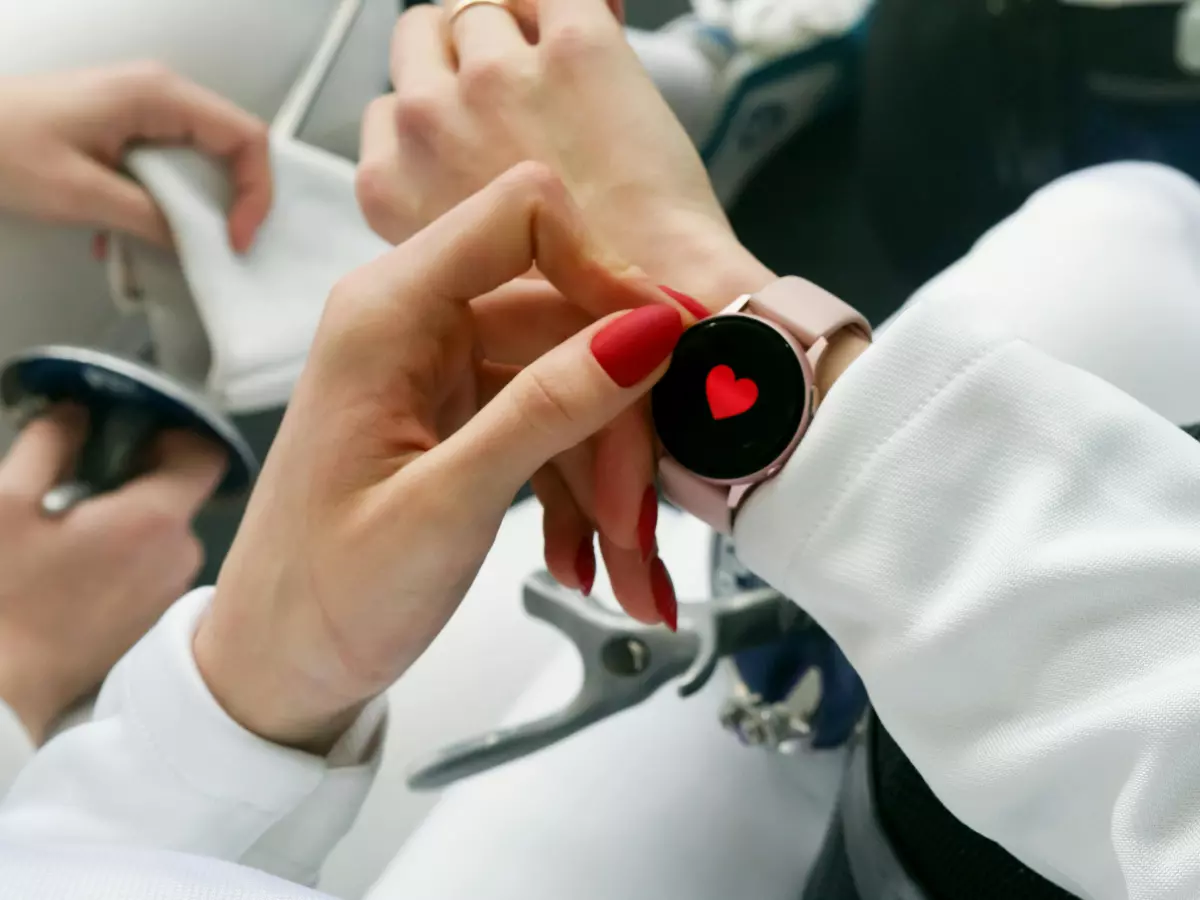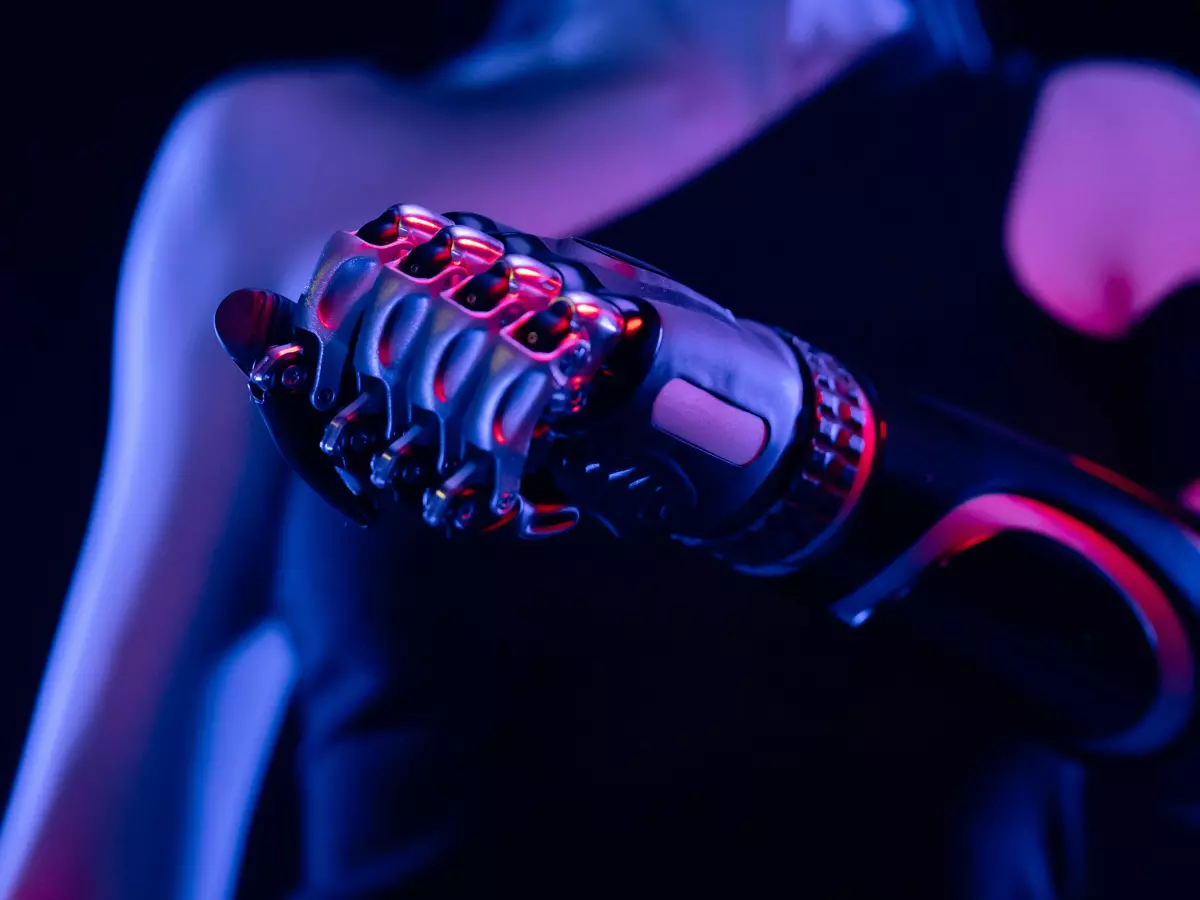Wearable Tech Unpacked
I remember the first time I strapped on a fitness tracker. It was sleek, lightweight, and promised to keep tabs on everything from my heart rate to my sleep. But after just a few days, I found myself constantly recharging the thing. The battery life was a joke, and I couldn’t help but wonder—how can something so small, with so many sensors, keep up with my daily routine without dying halfway through the day?

By Sarah Kim
Fast forward to today, and wearables have come a long way. They’re smarter, faster, and more efficient than ever before. But how do they manage to balance all those sensors, software, and battery life without burning out? Let’s dive into the tech behind it all and break down how wearables juggle these three key components.
1. The Sensor Overload
Wearables are packed with sensors—accelerometers, gyroscopes, heart rate monitors, GPS, and more. These tiny components are the heart and soul of any wearable device, constantly collecting data about your movements, health, and environment. But here’s the kicker: sensors are power-hungry. Every time your wearable tracks your steps or monitors your heart rate, it’s using up precious battery life.
So, how do wearables keep from draining their battery in just a few hours? The answer lies in smart sensor management. Modern wearables use a combination of hardware and software to activate sensors only when they’re needed. For example, your fitness tracker might only use its GPS sensor when you’re running outdoors, or it might switch to a low-power mode when you’re sitting still. This dynamic sensor management is key to extending battery life without sacrificing functionality.
2. Battery Life: The Eternal Struggle
Let’s face it: battery life is the Achilles' heel of wearables. No matter how advanced the sensors or software, if your device can’t last through the day, it’s not going to be very useful. Wearable manufacturers have been working hard to improve battery technology, but there are still limits to what they can do with such small devices.
One of the biggest challenges is finding the right balance between battery size and device size. A larger battery would mean longer battery life, but it would also make the device bulkier and less comfortable to wear. To get around this, manufacturers are focusing on making batteries more efficient, rather than just bigger. This includes using low-power processors, optimizing software, and, as we mentioned earlier, managing sensor usage more intelligently.
3. Software Integration: The Unsung Hero
While sensors and batteries get most of the attention, the software running behind the scenes is just as important. In fact, it’s often the software that determines how efficiently a wearable uses its sensors and battery. Think of it as the brains of the operation, coordinating everything to make sure your device runs smoothly.
Take, for example, sleep tracking. Your wearable’s sensors are constantly monitoring your movements and heart rate while you sleep, but it’s the software that analyzes that data and determines when you’re in deep sleep or just tossing and turning. Without smart software, all that sensor data would be useless—and your battery would drain much faster.
Software also plays a crucial role in optimizing battery life. Many wearables use machine learning algorithms to predict when you’ll need certain features and adjust power usage accordingly. For instance, if your device knows you usually go for a run in the morning, it might preemptively activate the GPS sensor at that time, while keeping it off during the rest of the day. This kind of predictive software helps wearables strike the perfect balance between performance and battery life.
4. The Future of Wearable Tech
So, where do we go from here? As wearable technology continues to evolve, we can expect even more efficient sensors, longer-lasting batteries, and smarter software. One area of development is energy harvesting, where wearables could potentially generate power from your body heat or movement. Imagine a fitness tracker that charges itself while you run—that’s the kind of innovation we’re heading toward.
Another exciting development is the integration of AI into wearables. AI-powered wearables could learn your habits and preferences, automatically adjusting settings to optimize battery life and sensor usage. For example, your smartwatch might learn that you don’t need constant heart rate monitoring during your morning commute, so it could turn off that sensor to save power.
In the meantime, wearable manufacturers will continue to refine the balance between sensors, battery life, and software. It’s a delicate dance, but one that’s getting better with each new generation of devices.
5. Wrapping It Up
Wearables may seem like simple gadgets, but there’s a lot going on under the hood. From managing power-hungry sensors to optimizing battery life with smart software, these devices are a marvel of modern engineering. And while there’s still room for improvement, the future looks bright for wearable tech.
So, the next time you strap on your fitness tracker or smartwatch, take a moment to appreciate the technology that’s working behind the scenes to keep it running smoothly. It’s not just about tracking your steps or monitoring your heart rate—it’s about balancing sensors, battery life, and software to deliver a seamless experience.
And who knows? Maybe one day, we’ll have wearables that never need to be charged at all. Until then, we’ll just have to keep an eye on that battery percentage.




